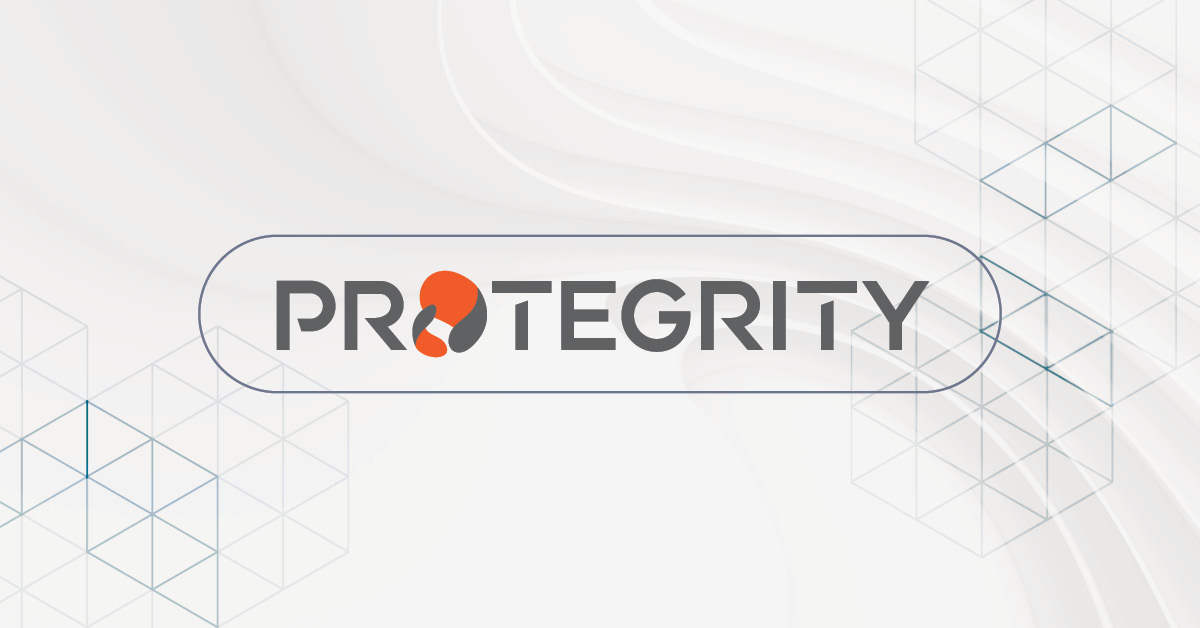Shor, Grover, and The Coming Storm: Quantum Computing’s Reckoning with Modern Cryptography
10 min read • Oct 3, 2025
This white paper explains how quantum algorithms such as Shor’s and Grover’s could disrupt today’s encryption, what’s realistic about timelines, and how organizations can get practical about post-quantum readiness. You’ll also learn where Protegrity Vaultless Tokenization (PVT) fits, why NIST PQC matters, and a near-term roadmap for building resilience without stalling innovation.
In this white paper, you’ll learn:
- What the real quantum risks are—and when. Why breaking RSA needs millions of high-fidelity qubits and how error rates drive timelines, plus why “store-now, decrypt-later” remains a concern.
- How Grover changes the math for symmetric crypto. Why maintaining parity against quantum search implies moving from AES-256 to AES-512.
- Where post-quantum cryptography fits. The role of lattice-based approaches and NIST’s PQC process for quantum-resistant algorithms.
- Why tokenization is a durable control. How PVT decouples tokens from plaintext and can be upgraded
- A pragmatic roadmap. Near-term steps: add PQC options with on/off controls, build a “Quantum Doomsday Clock,” invest in education/R&D, and track latency impacts.
Why it matters now
The paper separates hype from engineering reality: current public quantum systems can’t even fully crack a Caesar cipher at 26 letters, yet the path to lower error rates continues—and with it the need to phase in PQC and data-centric protections before adversaries harvest encrypted data for later decryption.
Share
Download Whitepaper
Read Now